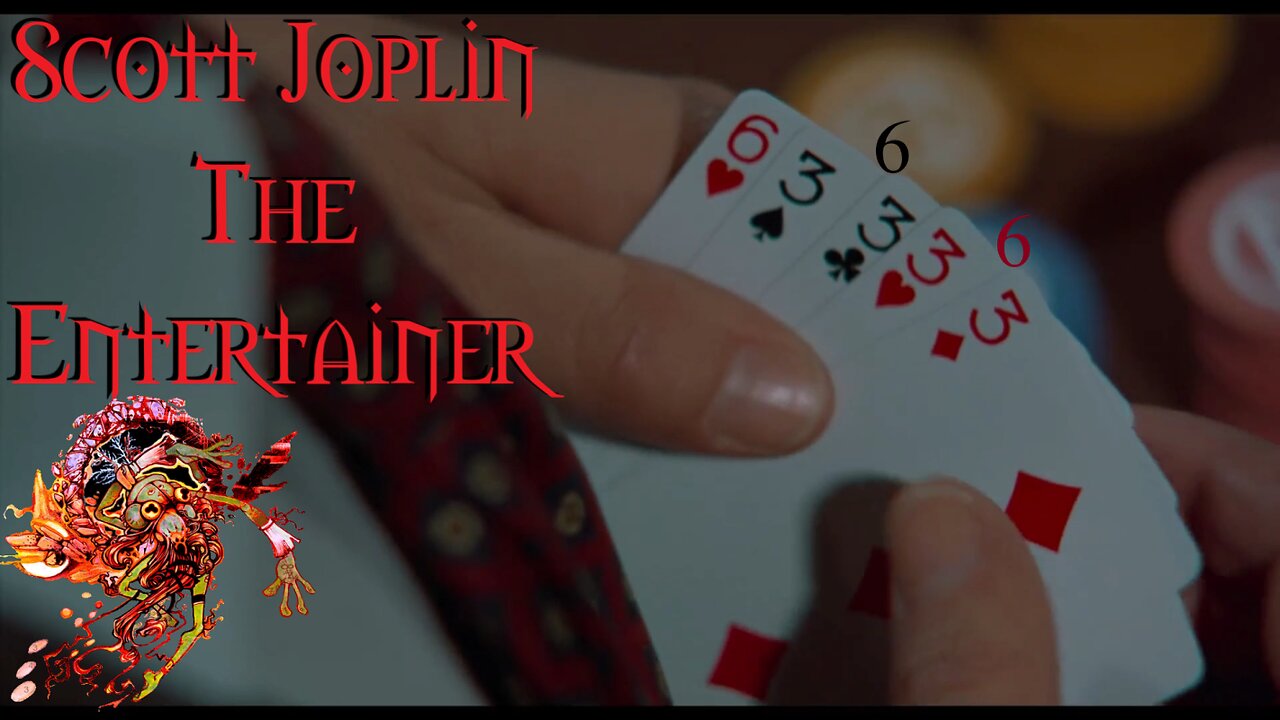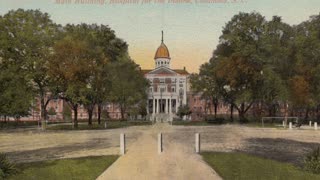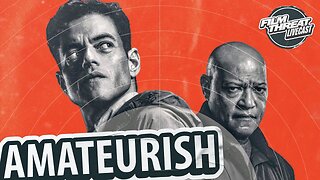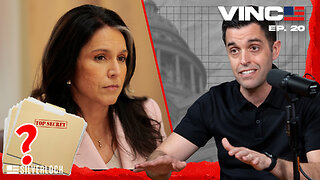Premium Only Content

Scott Joplin The Entertainer
The Sting is a 1973 American caper film set in September 1936, involving a complicated plot by two professional grifters (Paul Newman and Robert Redford) to con a mob boss (Robert Shaw). The film was directed by George Roy Hill, who had directed Newman and Redford in the western Butch Cassidy and the Sundance Kid. Created by screenwriter David S. Ward, the story was inspired by real-life cons perpetrated by brothers Fred and Charley Gondorff and documented by David Maurer in his 1940 book The Big Con: The Story of the Confidence Man.
The title phrase refers to the moment when a con artist finishes the "play" and takes the mark's money. If a con is successful, the mark does not realize he has been cheated until the con men are long gone, if at all. The film is played out in distinct sections with old-fashioned title cards drawn by artist Jaroslav "Jerry" Gebr, the lettering and illustrations rendered in a style reminiscent of the Saturday Evening Post. The film is noted for its anachronistic use of ragtime, particularly the melody "The Entertainer" by Scott Joplin, which was adapted (along with others by Joplin) for the film by Marvin Hamlisch (and a top-ten chart single for Hamlisch when released as a single from the film's soundtrack). The film's success created a resurgence of interest in Joplin's work.
Released on Christmas Day of 1973, The Sting was a massive critical and commercial success and was hugely successful at the 46th Academy Awards, being nominated for ten Oscars and winning seven, including Best Picture, Best Director, Best Film Editing and Best Writing (Original Screenplay); Redford was also nominated for Best Actor. The film also rekindled Newman's career after a series of big screen flops. Regarded as having one of the best screenplays ever written, in 2005, The Sting was selected for preservation in the U.S. National Film Registry of the Library of Congress as being "culturally, historically, or aesthetically significant".
In 1936, during the Great Depression, Johnny Hooker, a grifter in Joliet, Illinois, cons $11,000 in cash in a pigeon drop from an unsuspecting victim with the aid of his partners Luther Coleman and Joe Erie. Buoyed by the windfall, Luther announces his retirement and advises Hooker to seek out an old friend, Henry Gondorff, in Chicago to learn "the big con". Unfortunately, the reason their victim had so much cash was that he was a numbers racket courier for vicious crime boss Doyle Lonnegan. Corrupt Joliet police Lieutenant William Snyder confronts Hooker, revealing Lonnegan's involvement and demanding part of Hooker's cut. Having already blown his share on a single roulette spin, Hooker pays Snyder in counterfeit bills. Lonnegan's men murder both the courier and Luther, and Hooker flees for his life to Chicago.
Hooker finds Gondorff, a once-great con-man now hiding from the FBI, and asks for his help in taking on the dangerous Lonnegan. Gondorff is initially reluctant, but he relents and recruits a core team of experienced con men to dupe Lonnegan. They decide to resurrect an elaborate obsolete scam known as "the wire", using a larger crew of con artists to create a phony off-track betting parlor. Aboard the opulent 20th Century Limited, Gondorff, posing as boorish Chicago bookie Shaw, buys into Lonnegan's private, high-stakes poker game. He infuriates Lonnegan with obnoxious behavior, then out-cheats him to win $15,000. Hooker, posing as Shaw's disgruntled employee Kelly, is sent to collect the winnings and instead convinces Lonnegan that he wants to take over Shaw's operation. Kelly reveals that he has a partner named Les Harmon (actually con man Kid Twist) in the Chicago Western Union office, who will allow them to win bets on horse races by past-posting.
-
 3:59
3:59
Psychological operations
1 day agoCarolina In My Mind James Taylor
251 -
 50:13
50:13
The Rubin Report
3 hours agoWill Trump’s New Escalation in Trade War with China Backfire?
11.9K10 -
 LIVE
LIVE
Canada Strong and Free Network
4 hours agoCanada Strong and Free Network
439 watching -
 LIVE
LIVE
Flyover Conservatives
11 hours agoFrom Stuck to Scaling: Clay Clark’s 5 Tips to Rapid Business Growth - Clay Clark | FOC Show
260 watching -
 LIVE
LIVE
Benny Johnson
1 hour ago🚨 Director of National Intelligence Reveals EVIDENCE of Rigged 2020 Election, Machines Switch Votes
8,901 watching -
 LIVE
LIVE
LFA TV
5 hours agoLFA TV - ALL DAY LIVE STREAM 4/11/25
3,998 watching -
 LIVE
LIVE
Side Scrollers Podcast
1 hour agoYasuke Movie Coming, BitChute SHUT DOWN in the UK, New Friday Movie & More | Side Scrollers
161 watching -
 LIVE
LIVE
Film Threat
17 hours agoTHE AMATEUR + DROP + WARFARE + LOADS OF REVIEWS! | Film Threat Livecast
92 watching -
 LIVE
LIVE
The Shannon Joy Show
2 hours ago🔥🔥PART 2: Live Exclusive With Judyth Vary Baker. She Assisted In The First Gain Of Function Research To Create A Cancer Kill Shot In 1963 And Has Something To Say About Chronic Disease …🔥🔥
115 watching -
 1:02:52
1:02:52
VINCE
3 hours agoTulsi Just Found The Classified Election Rigging Files | Episode 20 - 04/11/25
200K166